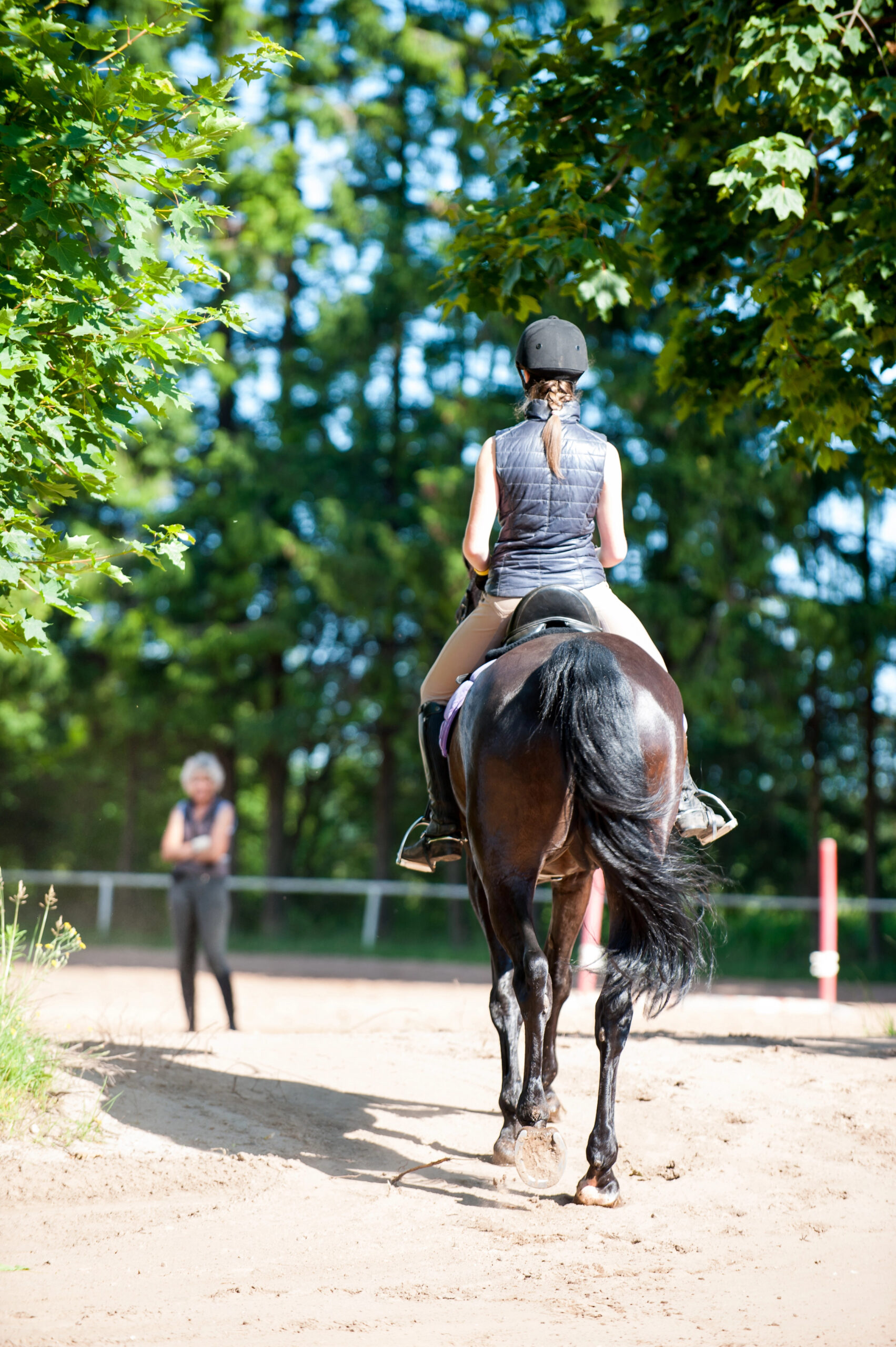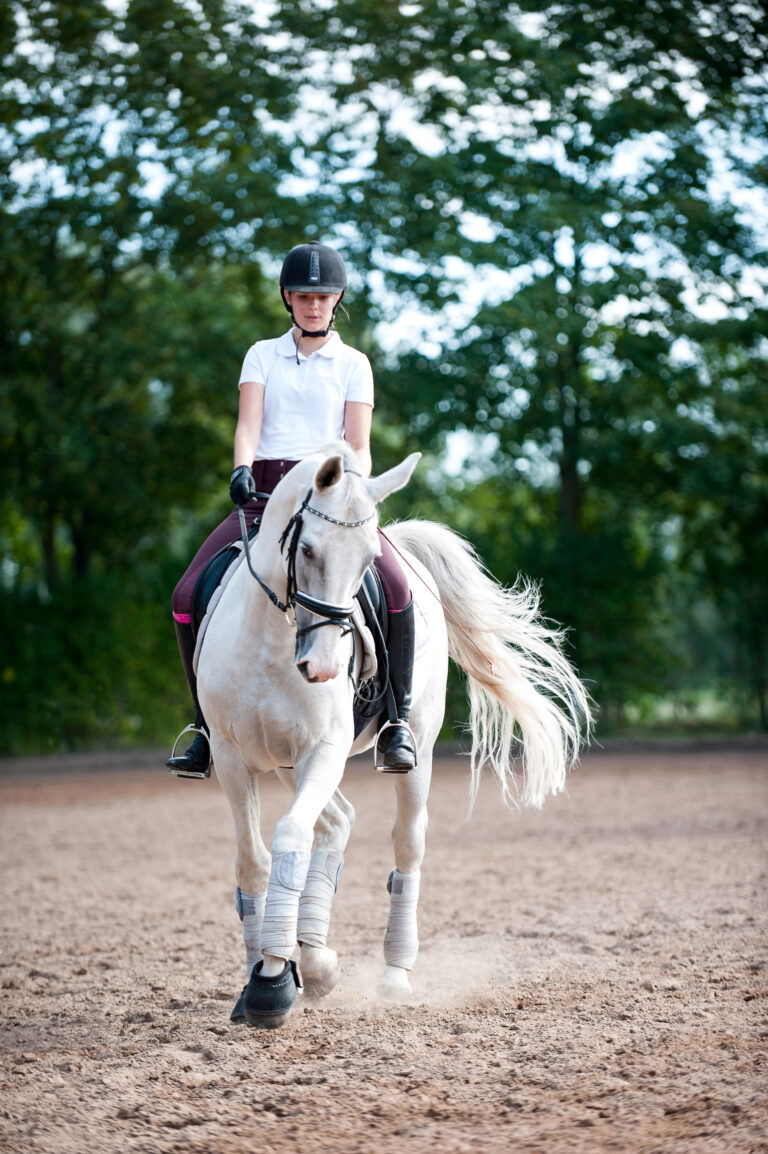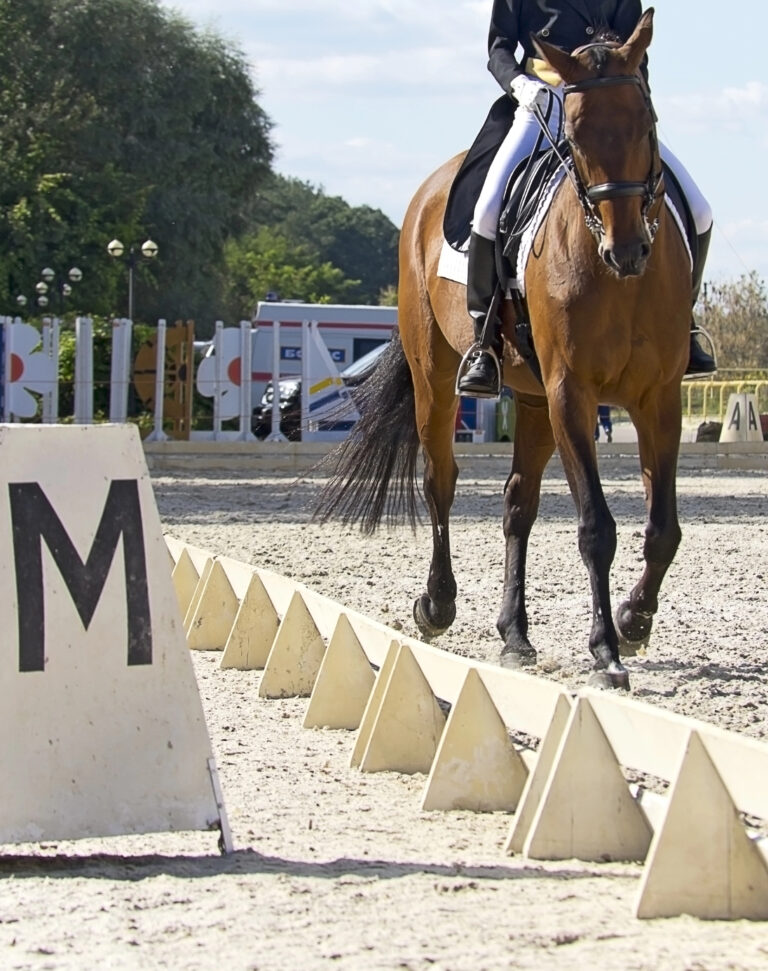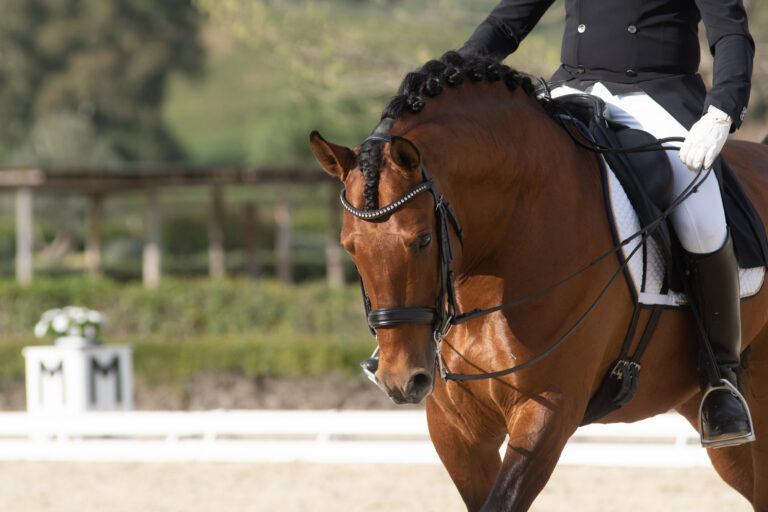Top Tips for Getting the Best Results from Your Dressage Lessons
Taking in person lessons with a dressage trainer can greatly improve your riding skills. When you’re working with a trainer in real time, they can observe what you’re doing and provide immediate feedback. This allows you to correct mistakes quickly and learn the right techniques. Trainers also customize exercises specifically for you and your horse, helping you focus on what needs improvement. Plus, they can address issues as they happen, preventing bad habits from forming.
In my experience, I’ve made much faster progress with a trainer guiding me in real time. Once, I was struggling with my horse’s bending, and my trainer immediately gave me an exercise that fixed the problem. The difference was huge!
To get the most from your lessons, it’s essential to come prepared and stay focused. If you know what you want to work on and are ready to listen and apply what you learn, you’ll maximize your time with your trainer.
Preparing Before the Lesson
Getting ready before your lesson is really important. If you’re prepared, you’ll get more out of your time with your trainer. Here are some things you can do to get ready:
- Set a Goal: Think about what you want to work on during the lesson. Do you want to get better at transitions? Are you struggling with your horse’s balance? Let your trainer know what you want to focus on so they can help you with the right exercises.
- Warm Up Your Horse: Arrive a little early to warm up your horse before the lesson starts. This way, your horse will be ready to work, and you can use the whole lesson time to focus on what you want to improve.
- Get in the Right Mindset: Take a few minutes before your lesson to clear your head and focus on riding. If you’re calm and ready to learn, it will be easier to listen to your trainer and make the most of their advice.
By setting goals, preparing your horse, and getting in the right mindset, you’ll be ready to have a productive lesson.
Be Focused During the Lesson
During your lesson, it’s important to stay focused and really pay attention to what your trainer is saying. Here are some ways to do that:
- Listen Carefully: Make sure you’re listening to everything your trainer tells you. Even if it’s something you’ve heard before, it’s important to keep working on it. If you don’t understand something, don’t be afraid to ask questions. It’s better to ask than to be confused.
- Be Open to Feedback: Your trainer is there to help you get better, so don’t take corrections personally. Instead of feeling bad when they point out something you need to fix, see it as a chance to improve. Feedback is how you learn and grow as a rider.
- Stay Engaged: Pay attention to your body and your horse during the lesson. If your trainer tells you to make a change, try to do it right away. The faster you put their advice into action, the quicker you’ll improve.
By staying focused and open to feedback, you’ll make the most of every lesson and see more progress in your riding.
Practice What You Learn After the Lesson
After your lesson is over, the work doesn’t stop. Practicing what you learned is just as important as the lesson itself. Here’s how to make the most of your time after the lesson:
- Review What You Learned: Right after your lesson, take a few minutes to think about the key points your trainer gave you. You might want to write down notes about the exercises you worked on and the corrections your trainer made. This way, you’ll remember what to focus on next time you ride.
- Practice on Your Own: Between lessons, it’s important to practice the things your trainer taught you. Keep working on the exercises and corrections from your lesson so you can improve before your next session. The more you practice, the faster you’ll progress.
- Ask for Feedback: If you’re not sure if you’re doing something correctly while practicing, don’t be afraid to ask your trainer during the next lesson. You can even try videoing parts of your ride to see how you’re doing and compare it to the advice you were given.
By reviewing, practicing, and asking for feedback, you’ll keep getting better even when you’re not in a lesson, helping you reach your riding goals faster.
Building a Good Relationship with Your Trainer
Having a strong relationship with your trainer is really important for making progress in dressage. Here’s how you can build a positive and productive relationship:
- Communicate Clearly: Make sure you talk to your trainer about your goals and any problems you’re having with your riding. If they know what you’re working towards or what you’re struggling with, they can help you more effectively. Don’t be afraid to ask questions if you’re unsure about something.
- Be Consistent: Try to take lessons regularly. When you’re consistent, your trainer can track your progress and build on what you’ve been working on. Skipping too many lessons makes it harder to see improvement.
- Stay Open-Minded: Sometimes your trainer might suggest something that feels new or uncomfortable. Trust their advice and give it a try. Trainers are experienced and might see things you don’t. Being open to their ideas will help you grow as a rider.
- Show Appreciation: Let your trainer know when something they taught you worked well, or if you made progress because of their guidance. A positive attitude goes a long way in keeping your lessons productive and enjoyable.
By communicating well, staying consistent, and keeping an open mind, you’ll build a strong, trusting relationship with your trainer, which will help you improve your riding even faster.
Managing Your Mindset During the Lesson
Your mindset plays a big role in how much you get out of each lesson. Here’s how to keep a positive and focused attitude during your training sessions:
- Stay Patient: Learning dressage takes time, and sometimes progress can feel slow. It’s normal to have good days and bad days, both for you and your horse. Don’t get discouraged if you don’t master something right away. Keep in mind that small improvements add up over time.
- Be Kind to Yourself: Everyone makes mistakes, and it’s part of the learning process. If something isn’t going well during the lesson, don’t be too hard on yourself. Instead, focus on what you can do better next time. Learning is about progress, not perfection.
- Stay Calm: If you feel frustrated, take a deep breath and try to stay calm. Getting upset can affect both you and your horse. When things get challenging, remind yourself that every rider goes through similar struggles. Keeping a calm mindset will help you stay focused and make it easier to listen to your trainer’s advice.
- Celebrate Small Wins: Even if you don’t achieve everything you wanted in the lesson, celebrate the small victories. Maybe your horse gave a better transition or your seat felt more balanced—whatever it is, recognizing those improvements will keep you motivated.
By staying patient, calm, and kind to yourself, you’ll be able to keep a positive mindset and continue making progress during every lesson.
Reflect and Practice Between Lessons
After your lesson, it’s important to reflect on what you learned and practice the new skills. Here’s how to make sure you keep improving between lessons:
- Think About the Lesson: After your lesson, take a few minutes to think about what you worked on. What went well? What was challenging? Writing down some notes can help you remember the important points for your next ride.
- Practice What You Learned: It’s not enough to just learn new skills during the lesson—you need to practice them on your own too. Use the exercises your trainer gave you to work on your weak spots and keep improving before your next session. Repeating these exercises helps build muscle memory.
- Stay Consistent: Try to ride regularly between lessons so you can keep building on what you learned. The more often you practice, the easier it will be to improve your skills and be ready for the next lesson.
- Ask for Help If Needed: If you’re struggling with something between lessons, don’t hesitate to ask your trainer for advice. You could even video your ride and show it to your trainer next time for feedback.
By reflecting on your lesson and practicing what you learned, you’ll make steady progress and be better prepared for your next lesson.
Track Your Progress
Tracking your progress is a great way to stay motivated and see how far you’ve come in your dressage journey. Here’s how to do it:
- Keep a Riding Journal: After each lesson or ride, write down what you worked on, what went well, and what you need to improve. This helps you remember key points from your lessons and shows you areas where you’re making progress.
- Set Goals: Write down both short-term and long-term goals. For example, maybe your short-term goal is to improve your canter transitions, and your long-term goal is to compete in a certain level of dressage. Having clear goals helps you stay focused and gives you something to work toward.
- Record Your Rides: If possible, record your rides or lessons on video. Watching yourself ride can help you spot things you didn’t notice while riding. Plus, it’s a great way to see improvements over time.
- Celebrate Your Progress: When you reach a goal or make an improvement, take a moment to celebrate. It’s important to recognize how far you’ve come, even if the progress seems small. Every improvement is a step closer to becoming a better rider.
By tracking your progress with a journal or videos, setting goals, and celebrating your achievements, you’ll stay motivated and see just how much you’re improving over time.
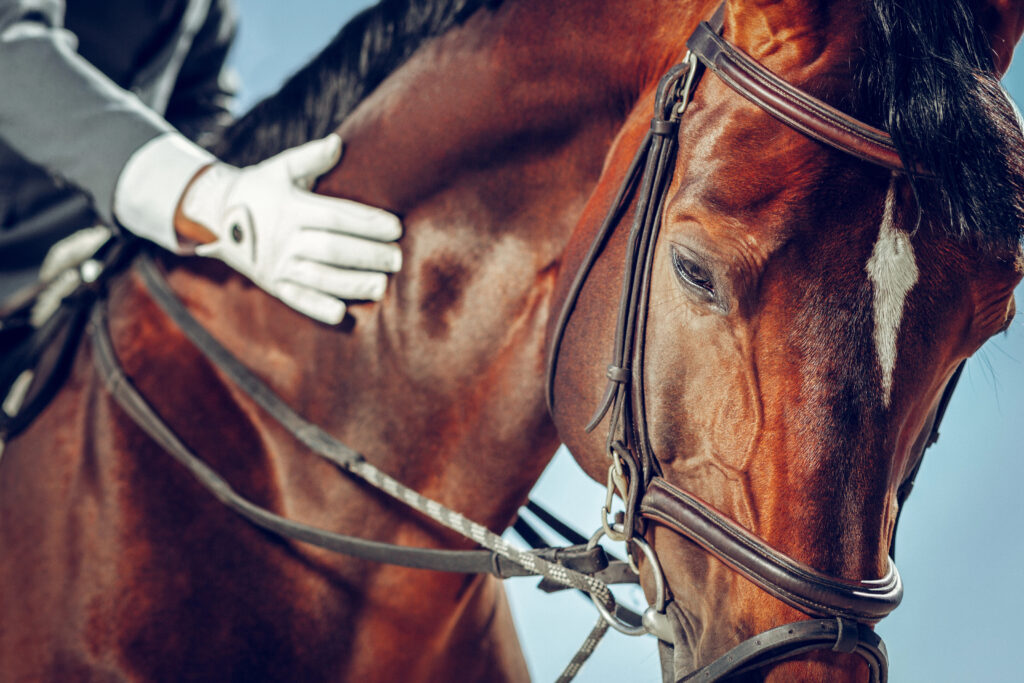
Stay Consistent with Lessons
Consistency is key when it comes to making real progress in dressage. Regular lessons help you build on what you’ve learned and keep improving over time. Here’s why staying consistent with your lessons is important:
- Build on What You’ve Learned: When you have lessons regularly, your trainer can help you keep improving step by step. Each lesson builds on the last one, so you’re always moving forward. If you have lessons too far apart, it’s easy to forget things and lose progress.
- Keep Your Horse in Shape: Regular lessons help your horse stay fit and focused, too. Dressage requires both mental and physical effort from your horse, and having consistent lessons helps keep them in top shape.
- Stay Accountable: Having regular lessons gives you a schedule to stick to. It keeps you accountable for practicing between lessons and working on the things your trainer pointed out. This consistency helps you reach your goals faster.
- Prevent Bad Habits: When you take lessons often, your trainer can catch and correct bad habits before they become bigger problems. This helps you stay on the right track and improve your riding technique.
By committing to regular lessons and sticking to a schedule, you’ll see more steady progress in both your riding and your horse’s performance.
Communicate with Your Trainer
Good communication with your trainer is one of the most important parts of getting the most out of your lessons. Here’s how to make sure you’re communicating well:
- Be Honest About Your Goals: Make sure your trainer knows what you want to achieve. Whether you’re working on a specific dressage movement or preparing for a competition, let them know so they can tailor the lesson to help you reach those goals.
- Ask Questions: If something doesn’t make sense or you’re unsure how to do an exercise, don’t be afraid to ask. Trainers are there to help you understand, so asking questions is a great way to learn and make sure you’re doing things right.
- Give Feedback: Let your trainer know how things are going between lessons. If an exercise really helped you or you’re still struggling with something, sharing that feedback will help your trainer adjust their teaching to suit your needs better.
- Stay Open to Advice: Your trainer may suggest things you haven’t tried before or challenge you to step out of your comfort zone. Stay open to their advice—even if it feels difficult at first, it’s usually meant to help you grow as a rider.
By being open and honest with your trainer, asking questions, and giving feedback, you’ll get more out of your lessons and build a strong partnership that helps you improve faster.
Stay Positive During Challenges
Every rider faces challenges, but having a positive attitude can make a big difference in how you handle them. Here’s how to stay positive even when things get tough:
- Don’t Be Too Hard on Yourself: It’s normal to make mistakes or struggle with certain movements. Instead of getting frustrated, remind yourself that learning dressage takes time. Be patient with yourself and focus on making progress, not being perfect.
- Learn from Mistakes: Every mistake is an opportunity to learn. If something goes wrong, ask yourself what you can do differently next time. This mindset helps you turn challenges into learning experiences, which will make you a better rider in the long run.
- Celebrate Small Wins: Improvement doesn’t always happen in big leaps—it often comes in small steps. If you notice even the slightest improvement, celebrate it! These small wins will keep you motivated and show that you’re moving in the right direction.
- Stay Focused on Your Goals: When things get hard, remind yourself of your goals and why you love dressage. Keeping your long-term goals in mind will help you stay positive and keep going, even when progress feels slow.
By staying positive, being patient with yourself, and focusing on small improvements, you’ll keep your motivation high and continue making progress, even when you face challenges.
Final Thoughts
Maximizing your dressage lessons takes preparation, focus, and a positive mindset. By setting clear goals, staying engaged during your lesson, and practicing what you’ve learned between sessions, you can make the most of every minute with your trainer. Don’t forget to communicate openly, embrace new challenges, and track your progress to keep moving forward. Dressage is a journey, and with consistent effort and the right support, you’ll continue to improve and reach your riding goals. Remember, every lesson is an opportunity to learn, grow, and become a better rider.
